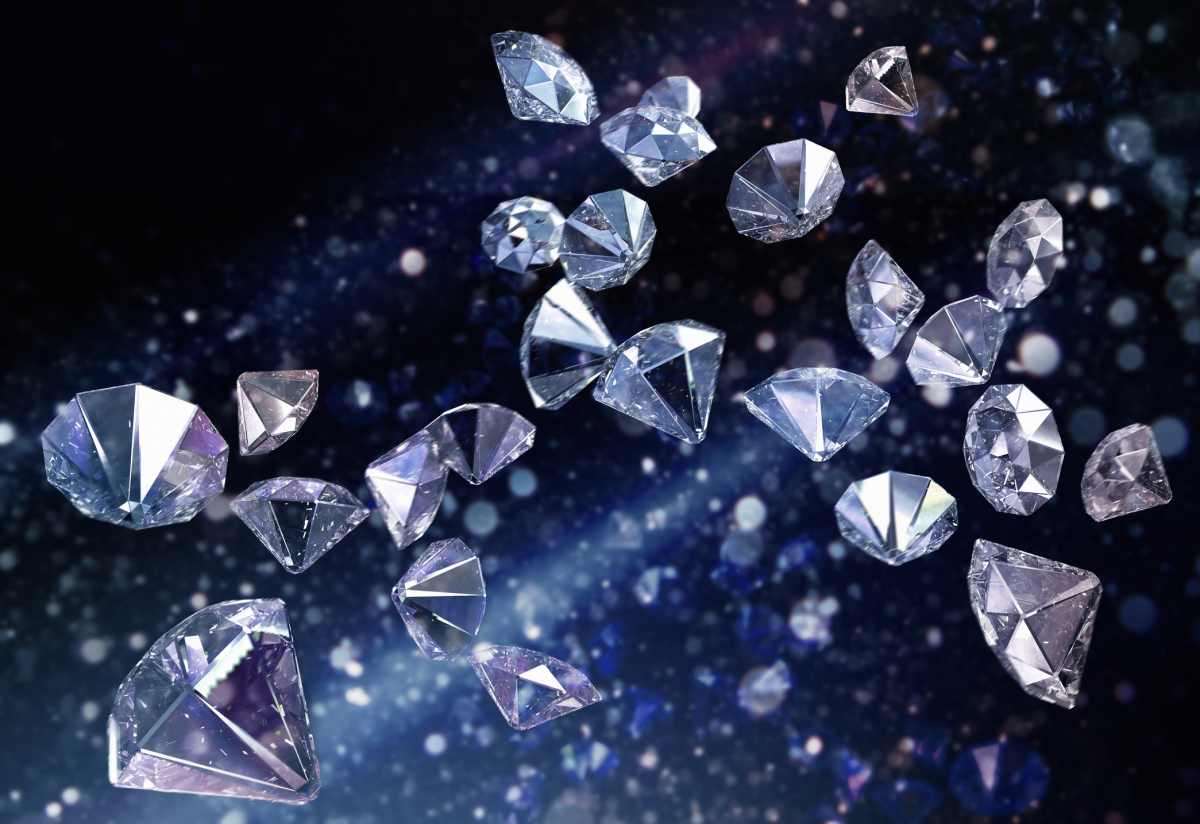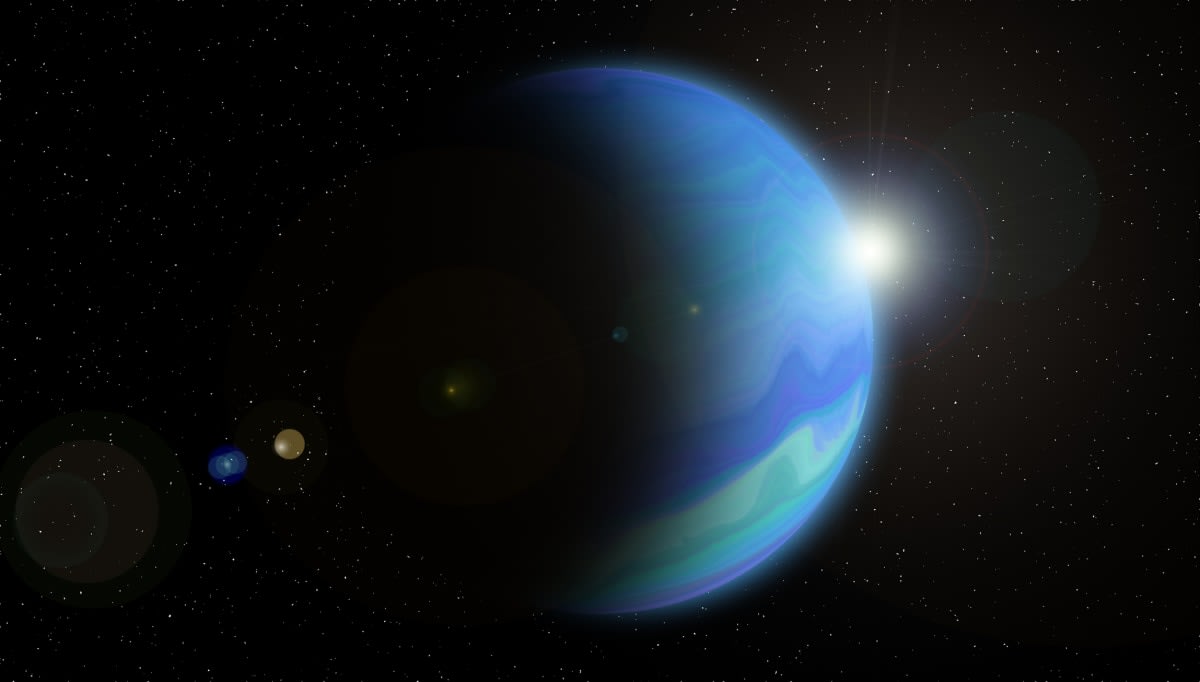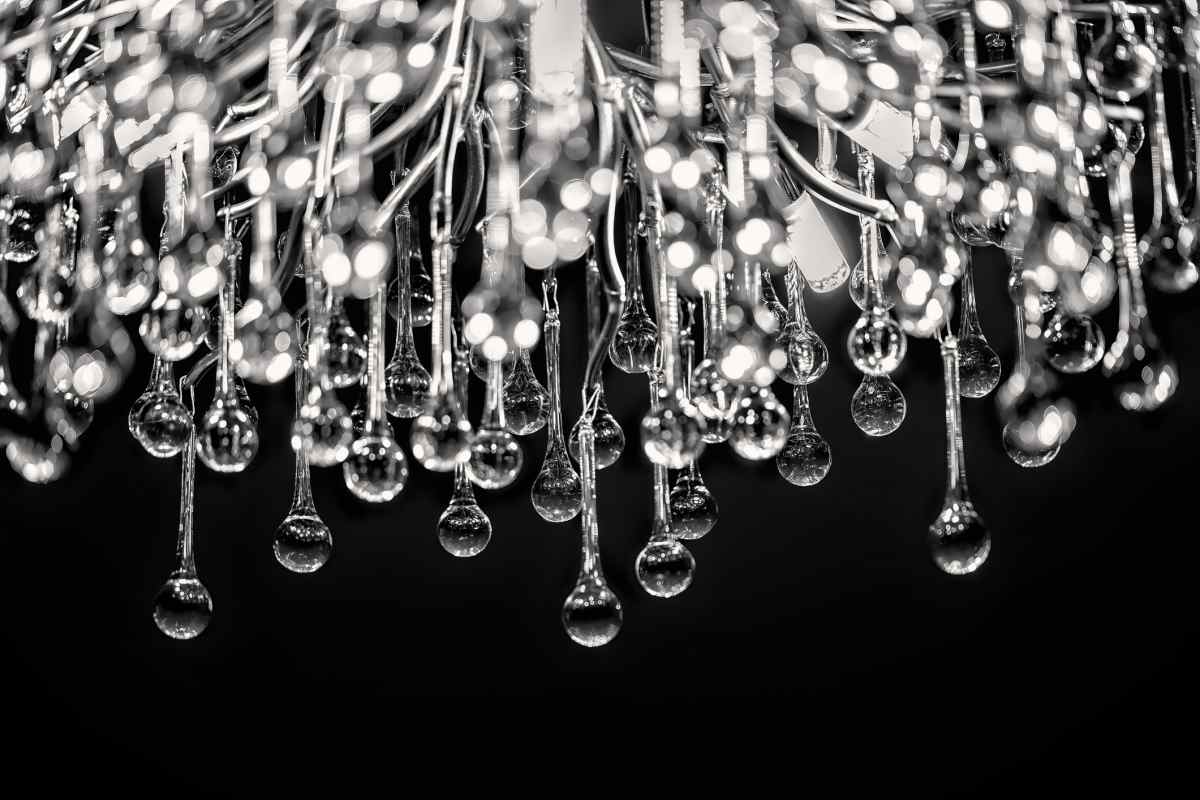Scientists Accidentally Found a Way to Turn Plastic Into Diamonds — and the Results Look Promising

Billions of miles away, there is a celestial world unknown to most humans. A mystifying chemistry unravels in space, and one such wonder is diamonds raining on the planets. You might be disappointed to realize that you won’t be able to witness such a diamond rain in your lifetime. But wait, the scientists on Earth are quite opportunistic. In the fall of 2022, researchers from California, Germany, and France mimicked the atmospheric conditions of these planets at SLAC National Acceleratory Laboratory in California to create these nano-sized diamonds. The transformational experiment was documented in the journal Science Advances.

Mimicking the icy giants

The initial objective of this experiment was never to create diamonds. The goal, rather, was to understand the chemistry of these icy planets, particularly Neptune and Uranus. Previous experiments had shown that these planets contain a lot of water, and the chemical interaction between their core elements, hydrogen, carbon, and oxygen, produced superionic water and diamond rain.
Superionic water
In conversation with TreeHugger, study co-author and professor at the University of Rostock’s Institute of Physics, Dominik Kraus, explained that superionic water “is a predicted form of water where the oxygen atoms form a crystal lattice and the hydrogen nuclei [are] then somewhat able to move freely through this oxygen lattice.” The presence of this water hinted to the scientists how these planets got their unusual, unique magnetic fields. To understand how these elements interacted in extreme conditions, they created proxy planetary environments in the California laboratory.

Little did they know that they would end up churning out tiny, glittering gems, and that too from something that is despised as trash. During the experiment, they noticed that a cheap form of plastic, polyethylene terephthalate (PET), transformed into nanodiamonds when exposed to extreme conditions. These synthetic, microdiamonds opened up a whole new world of possibilities. “Within nanoseconds, 10 percent of all the carbon atoms inside this plastic sample are transformed to very small diamonds,” Kraus described, “And those very small nanodiamonds can have–or already have in some form, but maybe even more so in the future–very interesting applications for technology.”
The experiment
The process started with understanding the influence of Pressure P and temperature T on the diamond formation kinetics. The team shock-compressed PET, which is essentially a mixture of carbon and H2O. Temperature was escalated to thousands of degrees Celsius, and atmospheric pressure millions of times greater than Earth’s, inside the laboratory. The sheeny material was then blasted with a high-powered laser heated at up to 6,000 degrees Fahrenheit, which emitted a shockwave that multiplied the pressure by one million times. In the next step, they projected special optical lasers at the film. Boom, diamond rain!
A new diamond-making method
SLAC scientist and study co-author Benjamin Ofori-Okai explained that nanodiamonds are currently made by taking a bunch of carbon or diamond and blowing it up with explosives, according to a press release. But this type of laser production could offer a cleaner and more easily controlled method. “If we can design ways to change some things about the reactivity, we can change how quickly they form and therefore how big they get,” he reflected.
A possible solution to plastic pollution
This accidental discovery of diamond rain in the laboratory points towards a new way to efficiently produce these sparkly gems using cheap PET plastic material, which means another possible method to reduce plastic pollution. Researchers spilled a clue: photocatalysis, a process that uses light to convert carbon dioxide into hydrogen or methane. Let these nanodiamonds float on water and shine sunlight on them, thereby disintegrating the greenhouse gas and dissolving the pollution.
More on Green Matters
Researchers Reveal Easy Way to Remove Microplastics From Drinking Water — It Takes Just a Minute
Scientists Find a Surprisingly Simple Way to Remove 98% Nanoplastics From Drinking Water